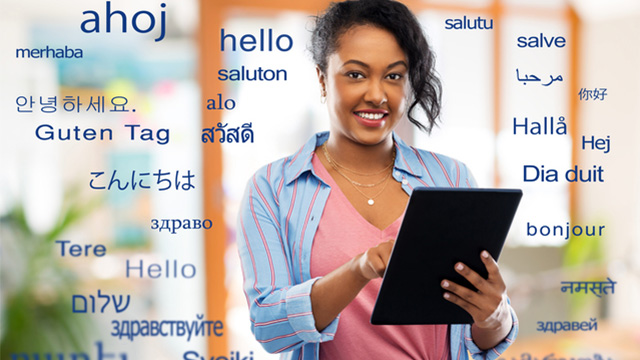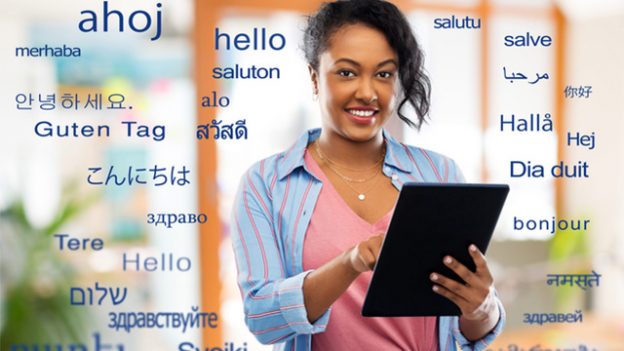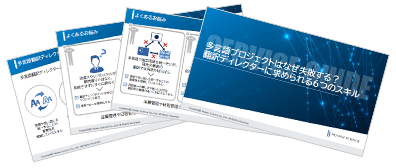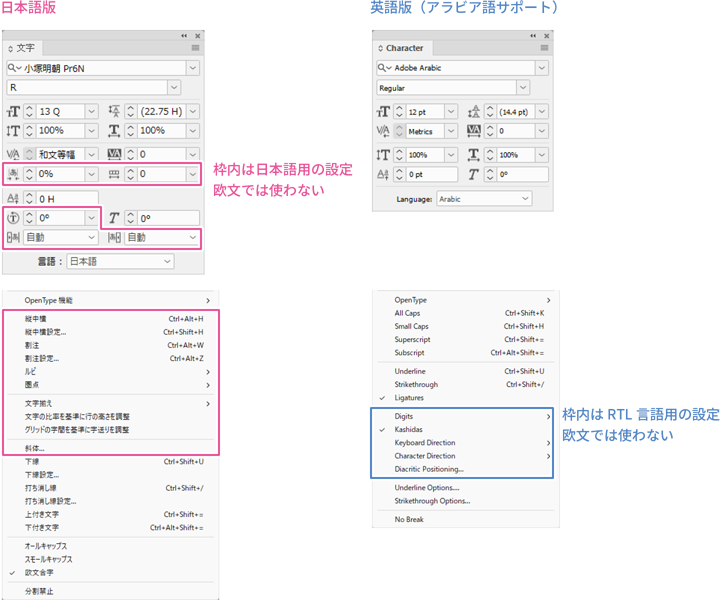
When it comes to translation of any sort, some people may assume that the translator’s contribution starts with the source language and ends with the target language. And while that may be true in the logistical sense, if a translator is not mindful of who and what come before and after their work is done, their translations will rarely hit the mark.
The fact is that every translation job is touched by a number of relevant parties, each with different needs and expectations, and the best translations take into account not only the meaning of a text, but the purpose and the utilization by these other parties as well. Relevant parties generally fall into three categories: the reader, the client, and subsequent processors.
In this blog series, we’re going to look at each of these parties in turn and discuss how to translate in a way that satisfies their needs, thus improving the quality of the overall work and reducing the likelihood of complications and complaints.
The Reader
Let’s start with the ultimate recipient of your translation work: the reader. Knowing who your readers are and what they need from the final text can change a lot about how you write. An in-house notification email should not have the same style and terminology as a marketing presentation or an instruction manual, because each exists for a different audience with different needs and expectations.
Two big questions that you should ask yourself before starting any translation are “Who is the reader?” and “Why are they reading?”
Who is the reader?
Understanding who your audience is can inform a lot of the decisions that you as a translator make in regards to tone, spelling, grammar, and word choice.
Where is the reader from?
If the document in question is to be released in America, then British spellings and terminology should not be used, and vice-versa.
Are the readers native English speakers?
If the audience is known to include non-native English speakers, then idioms and certain ambiguous grammar structures should be avoided. For example, the ‘-ing’ verb form is extremely versatile and thus commonly seen in English, but many languages do not have a good equivalent to this grammar structure, which can cause confusion for some who speak English as a second or third language.
Are the readers skilled in the field?
If the document is intended for everyday consumers with vastly different levels of experience and preexisting knowledge, then explanations should be simple but thorough to account for those with the smallest knowledge base. But on the other hand, if a document is intended for industry professionals, then the utilization of highly specific industry terms and abbreviations is expected. To over-explain common industry terms with such an audience could even be interpreted as belittling or confusing in its own right.
In short, always keep in mind the location, language skill, and specialized skill level of the final readers.
Why are they reading?
Understanding why the reader is engaging with your translation also informs the tone and style in a very important manner, and giving consideration to what information or experience the reader hopes to gain can help you determine what aspects of the translation require particular emphasis. This point is closely tied to the purpose of the document. The reasons that a reader might engage with a translation are honestly endless, but here are a few document types and why specific writing styles are appropriate for each.
To start, marketing text that is aimed at investors should carry a tone of positivity and deference that acknowledges the expertise of the reader while still pitching products in the best possible light. This differs from the attention-grabbing text that is necessary when marketing to general consumers, who may not have pre-interest or experience.
A script for a presentation or educational program has a more personable tone and is more likely to address the audience with second-person pronouns and direct questions than many other types of documents, because personal engagement is important to the audience’s involvement and ability to retain information. Similarly, the translation of an in-house notification would have no issues utilizing the pronouns “we” and “us,” referring to the reader and the company as one body.
But, the same language would be problematic in a contract or other legal file, where any ambiguity regarding the parties responsible for each of the duties and liabilities contained could have devastating legal and financial consequences. Instruction manuals and technical writing also require unified terminology that boarders on redundancy to prevent misunderstanding and mishandling.
Meanwhile, manuscripts for entertainment purposes allow more flexibility to explore the emotional impact of the text, rather than the strict meaning of the words. Here, more than any other type of translation, localization is paramount, because the reader’s primary motive for engaging with the text is their own enjoyment.
In Conclusion
Knowing who your reader is and why they are engaging with the target of your work is necessary to ensure that the text you translate fulfils its purpose to the fullest extent. Of course, catering to the final audience is just one aspect of the mindset needed to take a translation from satisfactory to spectacular. In future blog posts I will be covering the translation mindset needed to meet the needs of clients and subsequent processors as well. Stay tuned!


























